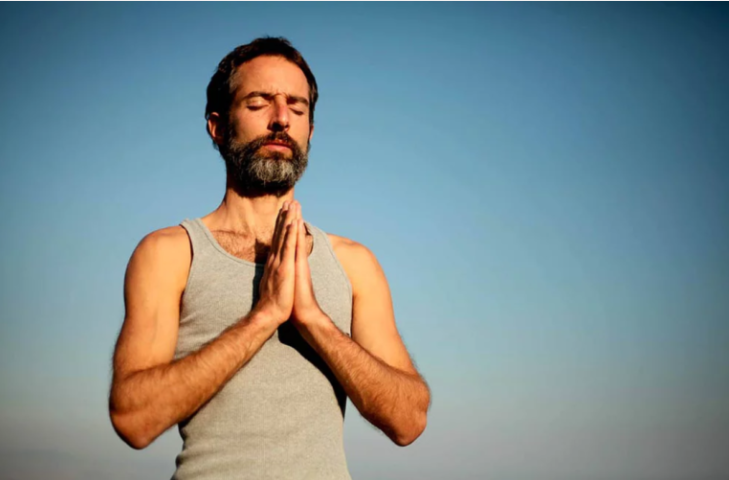reducing the rate of re-entry?

Prisons throughout the globe have started offering yoga courses to their prisoners. Why do you yoga? Recidivism is a significant problem for criminal justice systems; according to estimates from the U.S. Department of Justice, 76.6% of released inmates are arrested again within five years. Programs in prisons that can lower recidivism rates are thus desperately required. Yoga might be one of these courses. Regular yoga practice has been linked to improvements in mood, focus, impulse control, and decision-making abilities.
According to Trip Levin, a jail yoga instructor in New York, “People call imprisonment justice, but all they’re doing is taking the issue away.” They are not resolving the issue. Prison yoga is based on the overall idea of restorative justice.
The Yoga Project at Prison
Since its founding in 2002, the Prison Yoga Project has educated more than 1,200 volunteer yoga instructors in the United States, Mexico, Germany, Norway, and the Netherlands. Because the instructors give their time and the yoga mats are mostly donated, the initiative offers yoga courses at a very cheap cost. Their yoga sessions vary somewhat from those at yoga studios as they are specifically designed for inmate requirements. Rather than concentrating just on the physical component of yoga, they also emphasize its mediation and dispute resolution features. The intention is for prisoners to use yoga to continue on their calm meditation practice when they are released from prison.
The Prison Yoga Project has had a significant impact. James Fox, the originator of the Project, teaches yoga at San Quentin State Prison in California, although there is now a one-year waiting list. Over 15,000 prisoners in American jails have asked for yoga manuals that address trauma and nonviolent problem-solving techniques. Even Nevertheless, when yoga is first presented in a jail, it isn’t usually well-liked. A former prisoner said that after he began taking yoga classes, another prisoner assaulted him. The difficulty of the stances was noted by Billy Scruggs, a burglary conviction victim, who added, “but after the first time I did it, I saw how much it relaxed me.”
The training of prisoners to become yoga teachers is another facet of jail yoga. There is a great demand for instructors since, according to the jail Yoga Project, just 350 of its qualified volunteers are now working as jail teachers. In response, initiatives to train inmates as teachers have been launched. This year, 20 female inmates of Maryland State Prison in the United States completed a 200-hour program led by the Yoga Alliance to earn certification as yoga teachers. A program like this boosts the number of instructors and gives qualified prisoners employment opportunities after they are released from jail.
Research & outcomes
While the concept of yoga in jails seems appealing, what are the practical effects? One research found that women in prison who took a twice-weekly 12-week yoga course significantly reduced their symptoms of anxiety and sadness. Another 2012 research found that practicing yoga helped San Quentin prisoners “disengage from negative impulses.” Furthermore, recidivism rates for offenders who meditated were 35–40% lower than for those who did not, according to a previous San Quentin research from 1987.
There is a need for further research to be conducted in order to get more definitive data. Still, there’s no denying that a great deal of people’s lives have been altered by these seminars.



